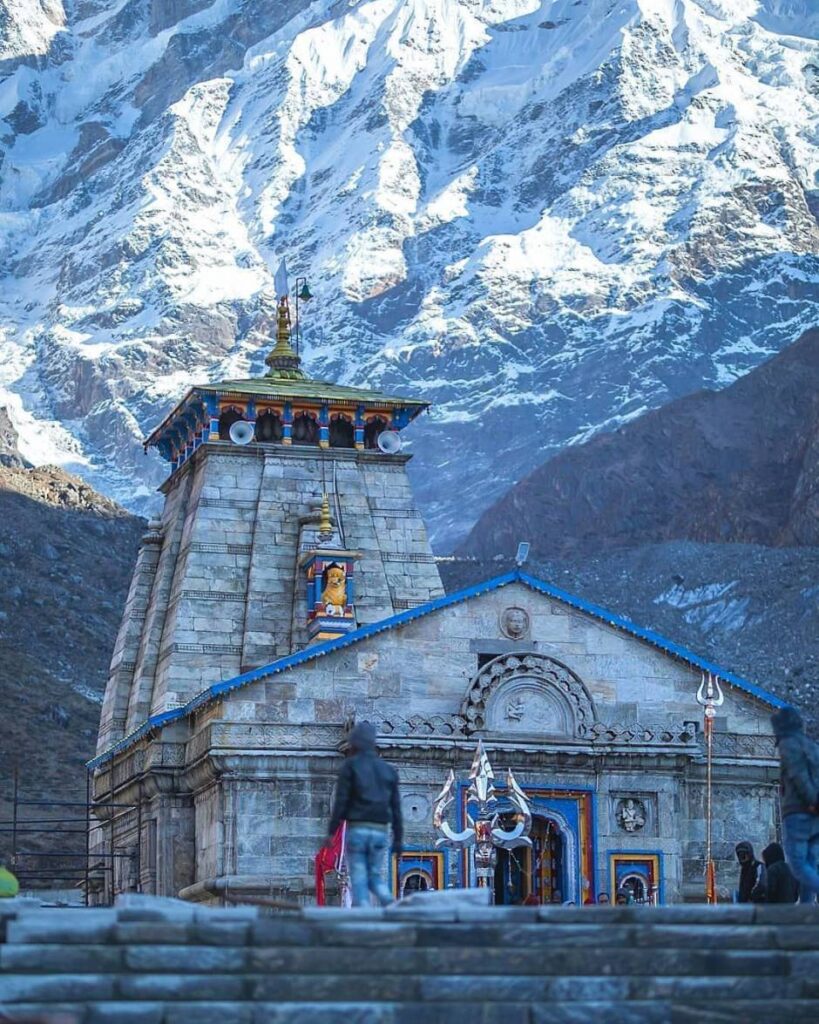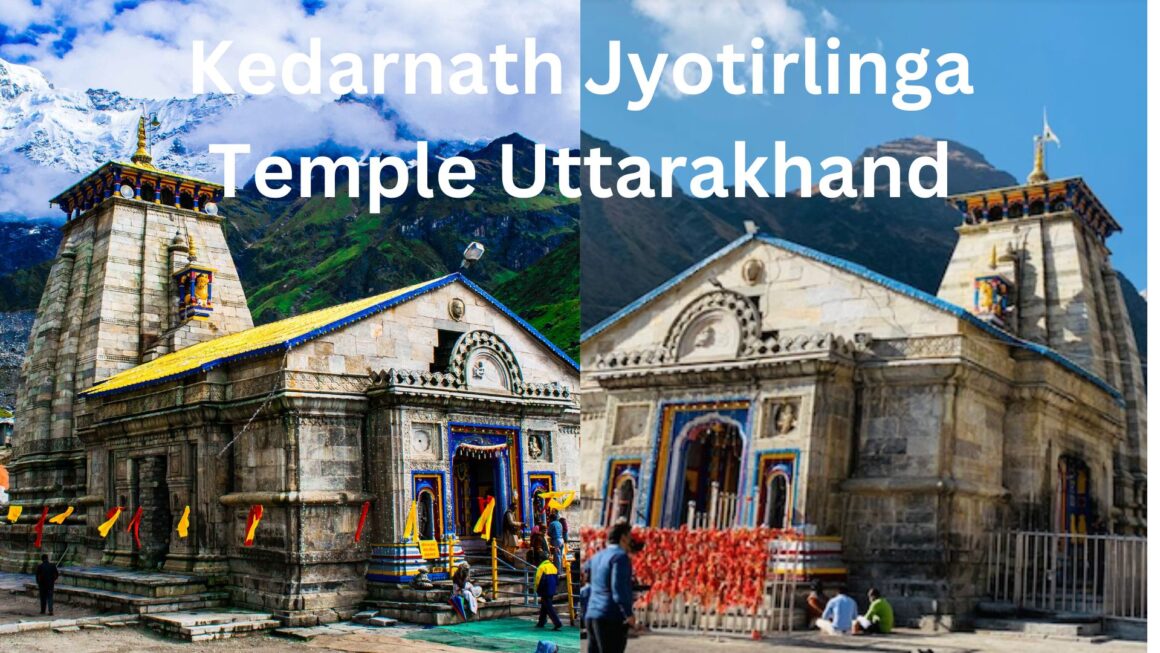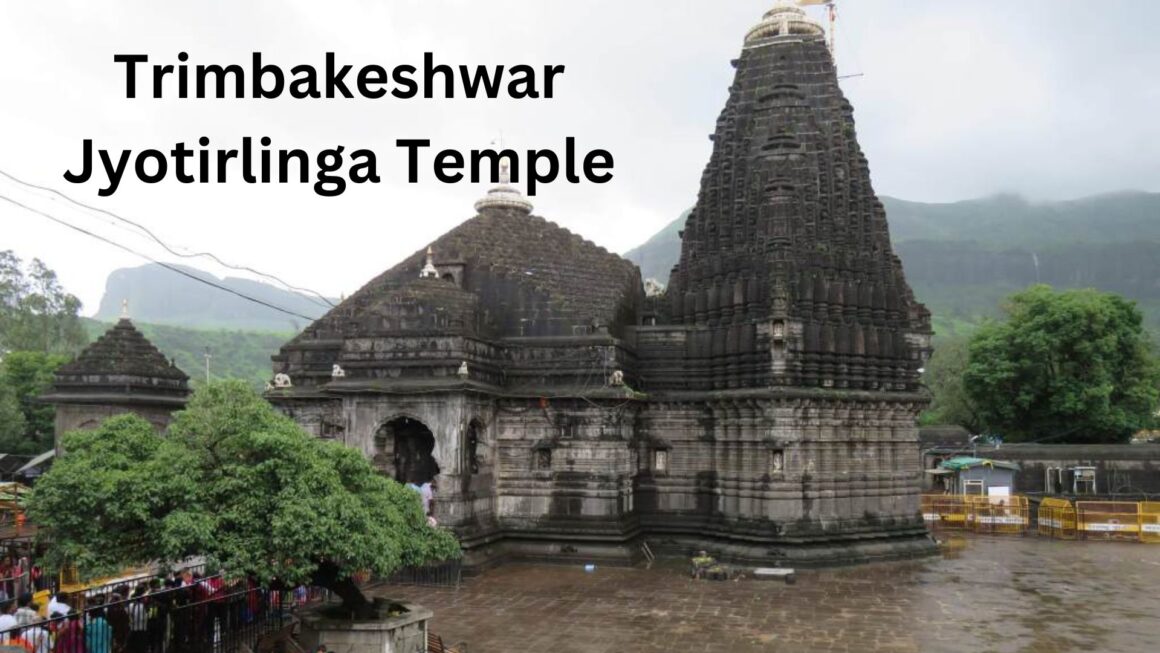Nestled amidst the majestic Himalayan peaks, the Kedarnath Jyotirlinga Temple stands as a timeless symbol of devotion and spirituality. Located in the Rudraprayag district of Uttarakhand, India, this sacred shrine is dedicated to Lord Shiva and is one of the 12 Jyotirlingas revered by Hindus across the globe.
Introduction to Kedarnath Jyotirlinga Temple:
The Kedarnath Jyotirlinga Temple holds immense significance in Hindu mythology and scriptures. It is believed to be the place where Lord Shiva manifested in the form of a Jyotirlinga, a column of light, to bless his devotees and bestow upon them divine grace.
Place Located:
Perched at an altitude of 3,583 meters (11,755 feet) above sea level, Kedarnath Temple is situated near the Mandakini River amidst breathtaking natural beauty. It is surrounded by snow-capped peaks, lush green valleys, and serene landscapes, making it a haven for spiritual seekers and nature lovers alike.
History of Kedarnath Jyotirlinga Temple:
The history of Kedarnath Temple dates back to ancient times, with mentions in various Hindu scriptures and epics, including the Mahabharata. Legend has it that the Pandavas, after the great war of Kurukshetra, sought the blessings of Lord Shiva to seek redemption for their sins. It is believed that Lord Shiva eluded them and took refuge in Kedarnath in the form of a bull, leaving behind his hump.

Special Features:
One of the most striking features of Kedarnath Temple is its unique architecture and sacred ambiance. Built of massive stone slabs in a traditional Himalayan style, the temple exudes an aura of serenity and spirituality. The inner sanctum houses the Jyotirlinga, symbolizing the radiant energy of Lord Shiva.
Story Behind:
According to Hindu mythology, the origin of the Kedarnath Temple is associated with the Pandavas’ quest for salvation. It is believed that the temple was initially built by the Pandava brothers and later renovated by Adi Shankaracharya in the 8th century CE. The temple has stood the test of time, surviving numerous natural calamities and remaining a beacon of hope for devotees from all walks of life.
Interesting Facts About Kedarnath Jyotirlinga Temple:
Kedarnath Jyotirlinga Temple is one of the Char Dham pilgrimage sites, along with Badrinath, Gangotri, and Yamunotri, attracting millions of pilgrims every year. The temple remains inaccessible during the winter months due to heavy snowfall, and the idols are shifted to Ukhimath for worship during this time. The trek to Kedarnath Temple is considered a spiritual journey in itself, with devotees undertaking a challenging pilgrimage through rugged terrain and steep slopes.
How to Reach:
Kedarnath Temple can be reached via a trekking route from Gaurikund, which is well-connected by road to major cities like Haridwar, Rishikesh, and Dehradun. Helicopter services are also available for those seeking a more convenient mode of transportation.
Nearby Places:
Bhairavnath Temple: Located near Kedarnath Temple, this shrine is dedicated to Bhairava, an incarnation of Lord Shiva.
Vasuki Tal: A glacial lake situated at an altitude of 4,135 meters, offering stunning views of the surrounding mountains.
Chorabari Tal (Gandhi Sarovar): A picturesque lake known for its crystal-clear waters and tranquil atmosphere.
Best Time to Visit:
The best time to visit Kedarnath Temple is during the summer months from May to June and the autumn months from September to October when the weather is pleasant, and the trekking routes are open. It is advisable to avoid visiting during the monsoon season due to heavy rainfall and the risk of landslides.
In essence, the Kedarnath Jyotirlinga Temple is not just a place of worship but a spiritual sanctuary where devotees seek solace, peace, and divine blessings amidst the pristine beauty of the Himalayas. A visit to this sacred shrine is not just a journey of the body but also a pilgrimage of the soul, leaving an indelible mark on the hearts of all who embark on this spiritual odyssey.




